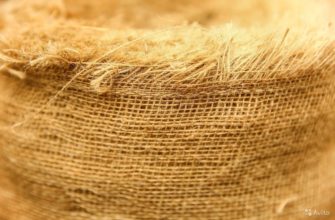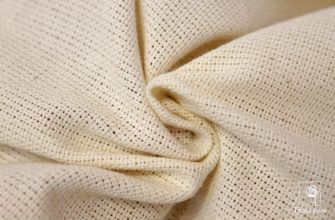Velvet is a fabric with a soft pile on the front side. This is the definition of natural velvet. Several centuries ago, the presence of velvet in clothing and interiors was considered a sign of wealth. Only the nobility could afford things made of this fabric. It was not cheap. Now the situation is completely different, but velvet fabric has not lost its effectiveness. And all because of its exquisite appearance.
History of origin
Non-artificial velvet has been the most popular fabric for a very long time. It appeared so long ago that it is now difficult to name the country of origin of this fabric. The first material for making velvet was supposedly silk. Historians have not been able to determine the exact place of origin of velvet, the most ancient traces of this type were found on the Silk Road.

It is believed that velvet came to Europe from Asia somewhere around the 12th century. The only exact date of velvet fabric production is the 13th century (Italy). The first weaving guild was created there, which was engaged in its creation. Weavers made unusually beautiful things using gold threads. Later, colored versions began to be produced in Italy.
Please note! Italian fashion houses still use velvet clothing in their collections. Moreover, they only sew evening dresses and men's suits from it. For everyday wear, it is taboo.
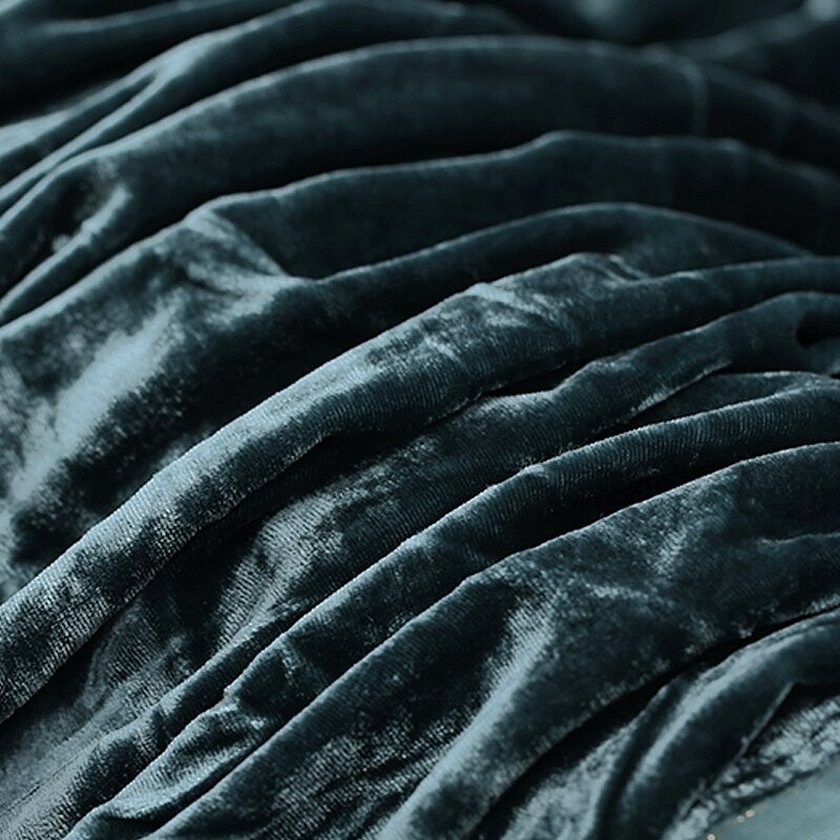
By the 16th century, velvet fabric had become so popular that France even tried to ban it. The nobility went broke just buying things made of this material. After that, velvet became a privilege of the royal family, which can be seen in the portraits of emperors and empresses. They are all dressed in dresses, suits, and cloaks made of velvet.
For your information! The name of the velvet fabric comes from the German language - Barchent.
Velvet: description, composition and production
What is velvet made of? The materials are different, each has its own advantages, and fabrics from different types look different. The most valuable and unique are made from natural silk. This velvet is considered natural. This is the one that has become very expensive and popular in Europe.
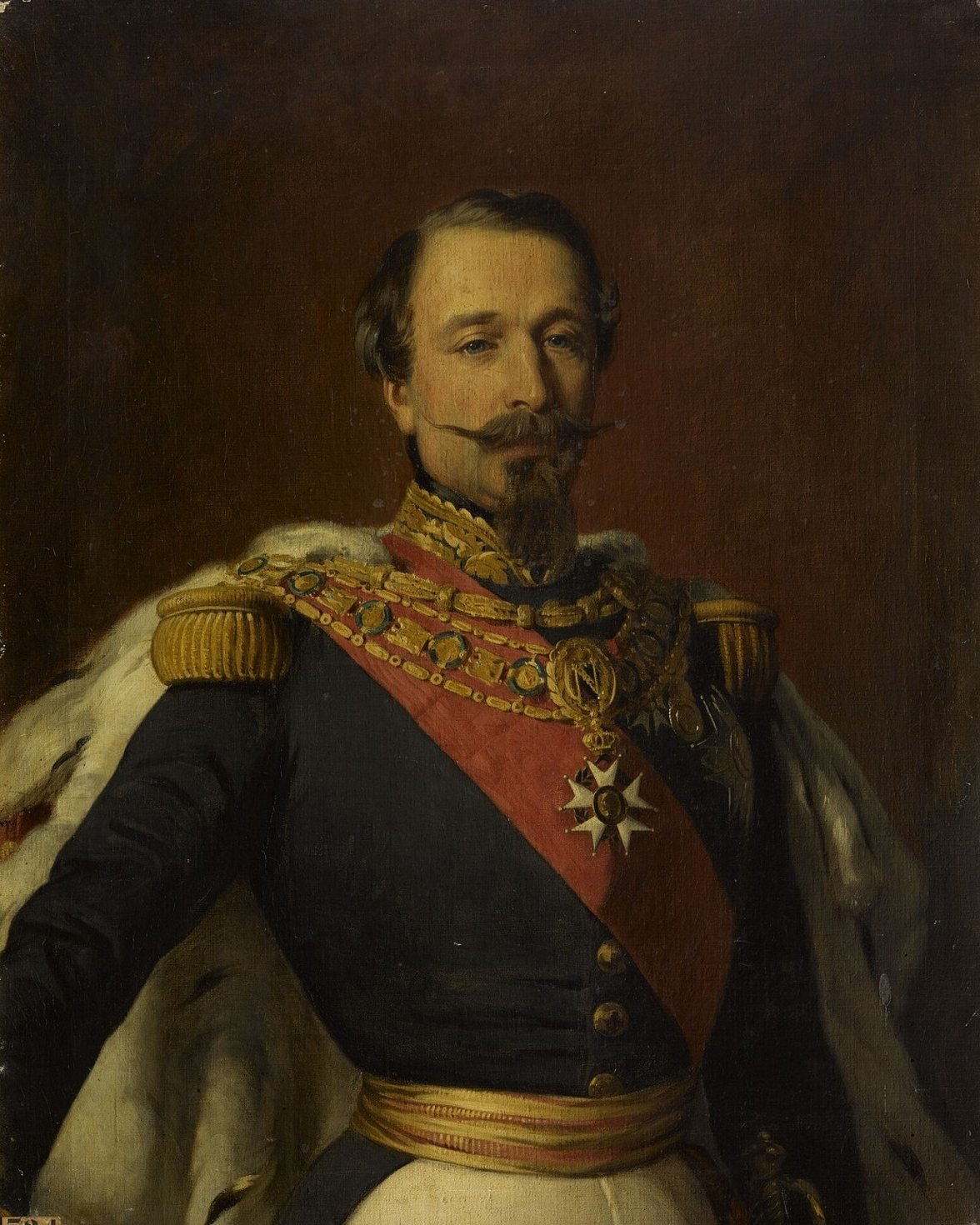
There are now many other materials that are cheaper:
- cotton;
- viscose;
- wool;
- synthetics.
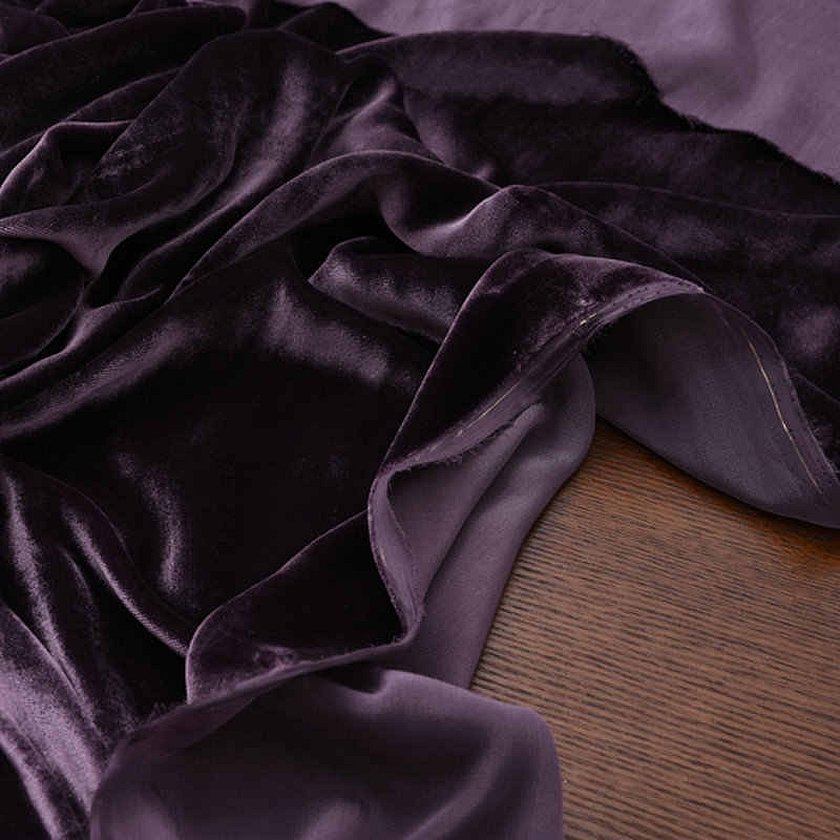
Please note! Of course, it is not the same as natural silk, but it looks no worse. The composition of the fabric can be found on the label.
The high price and rarity of the fabric are due to the unusual production technique of velvet. The fabric can be made in two ways. The simple way is that small loops are formed on the surface. And the complex way is to make two similar canvases connected by threads, which are separated at the end. In the second case, the villi are more delicate, soft and pleasant to the touch.
Properties and characteristics
The characteristics of natural silk fabric and cheaper materials are almost the same. Substitutes for the first material cope with their task well.

Features of velvet that apply to both artificial and natural fabrics:
- softness;
- pile length up to 5 mm;
- texture density;
- the iridescence of color in the light, such as in blue velvet fabric.
Natural velvet, as noted above, is the highest quality.
Please note! The composition can be entirely made of silk, artificial or a combination of both.
The more synthetics and cotton in the material, the lower its quality. Visually, this may not be noticeable, the fabrics are very similar, but in use, especially between seasons, changes are felt.
In addition, velvet is decorated in different ways:
- pattern printing;
- embossing;
- embroidery.

Important! When buying a product, you need to choose one with fewer seams. In this case, the seamstress's errors are practically invisible.
Velvet is divided into different types. There are a huge number of them, they differ in manufacturing technique, appearance, tactile sensations. The main ones are:
- semi-velvet (corduroy) is distinguished by a longitudinal rib, durable, convenient for drapery, red velvet is popular as a fabric for clothing;
- chiffon - lightweight with a thin fabric base;
- sisel - a peltate structure;
- Bagheera - the most durable type, rough surface;
- Devore - made from viscose, base from natural silk;
- Lyon - hard base, dense, made of silk, cotton, synthetics;
- Mother of pearl - shimmers and shimmers, made from silk of different colors.
Scope of application
It is impossible to create a simple, everyday look with velvet. It speaks of the wealth and prosperity of the owner.
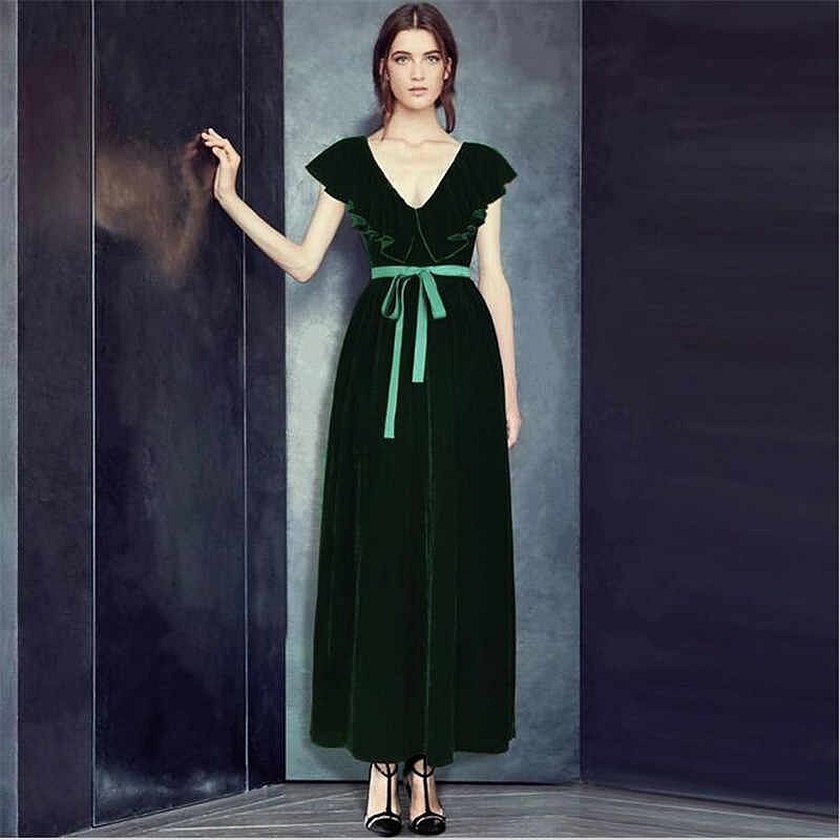
Where can you use this festive fabric:
- clothing (dresses, suits, skirts, jackets, blouses, trousers, blazers) and accessories (hats, gloves, brooches, velvet ribbons) are manufactured;
- upholstered furniture;
- scenery for the theatre is being made;
- curtains, canopies, tablecloths are sewn.
Important! But the material should be in moderation, since excess in the interior is considered bad taste. Velvet should not be the main design element. It is better to focus on one detail, to give the room an expensive look.
Care
What is velvet - it is a fabric that requires delicate care. The wrong one can quickly ruin the product. Before buying, you need to know how to iron, wash, clean and store.

Simple rules of care:
- remove dust using a vacuum cleaner and a slightly damp cloth;
- wash in warm water (at least 35°C), do not wring;
- do not squeeze out the water, hang it up and wait until it drains;
- dry on a cotton cloth;
- do not iron, but use hot steam along the loops;
- use a brush to raise the pile;
- Clothes should not be folded in a pile, always use a hanger.
Please note! These rules apply to any item. But when buying, it is better to inquire whether the item may have specific care rules. If the item needs to be folded, it should be turned inside out.
Advantages and disadvantages
Velvet is so popular, beautiful and pleasant to the touch that it seems that it has no disadvantages. But this is not true. Anything has its shortcomings. There is no need to be mistaken about this material and know exactly what its advantages and disadvantages are.
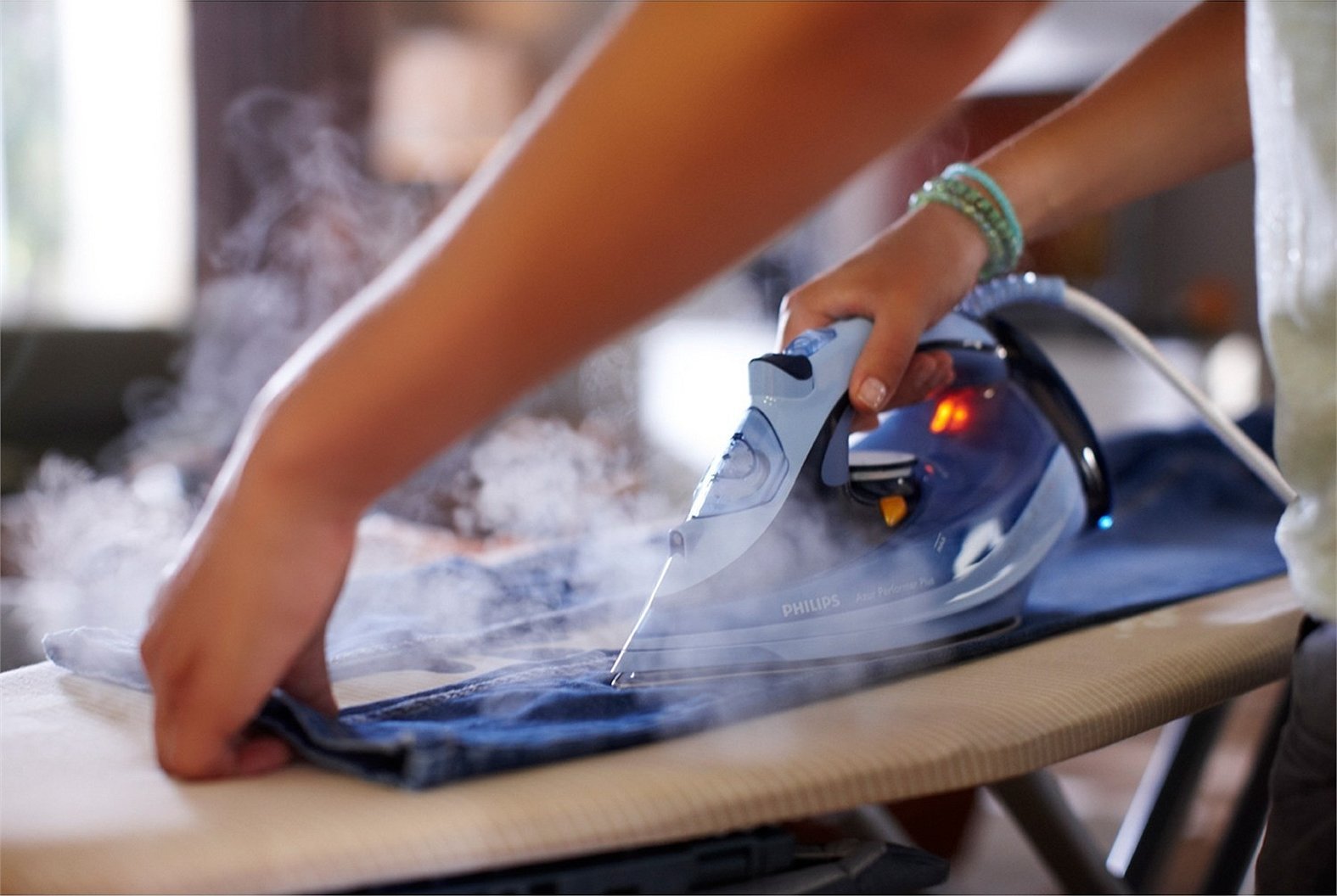
Pros:
- gives the image an expensive look;
- pleasant tactile sensations;
- does not become electrified;
- breathable material, absorbs water;
- durable;
- does not deform;
- does not cause allergies.
Flaws:
- gets dirty quickly;
- fades when exposed to sunlight;
- takes a long time to dry;
- sewing at home is a complex process;
- requires careful maintenance.
Please note! Velvet has been considered a royal fabric for many centuries. It has always spoken of wealth. After many years, this has not changed. What does velvet look like? Things look luxurious and presentable.
Reviews
Reviews of the fabric are mostly positive.
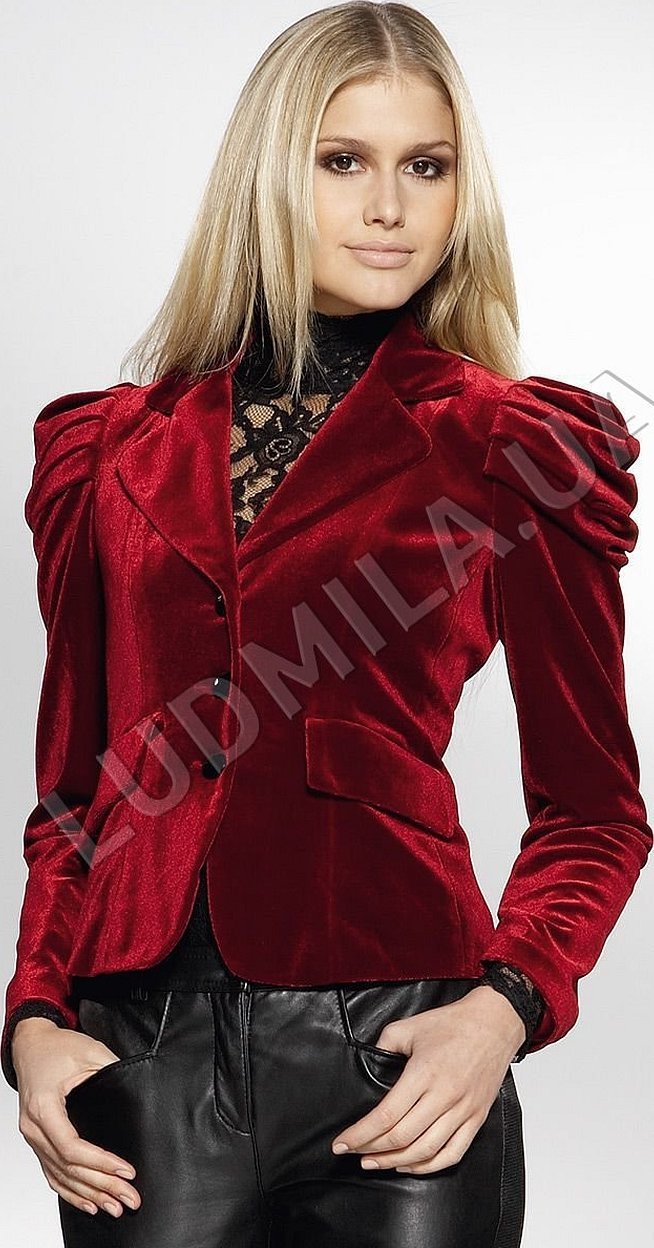
Margarita, 25, Moscow: "I didn't even know what velvet fabric was called before, but after trying it, I realized that it's a very pleasant material. It's a pleasure to wear clothes made from it. Of course, you won't find any casual clothes, but you can wear them for a special occasion. The dresses look very impressive."
Anastasia, 54, Perm: "It decorates the room - it's just a miracle. Even with the simplest curtains made of this material, the interior of the room turns into a fairy tale. The curtains look very beautiful, although they collect a lot of dust."
Please note! Despite the difficulties of care, the advantages outweigh the disadvantages, and velvet material is in demand, because the material looks beautiful and expensive.
Isn't this what every housewife wants?!



